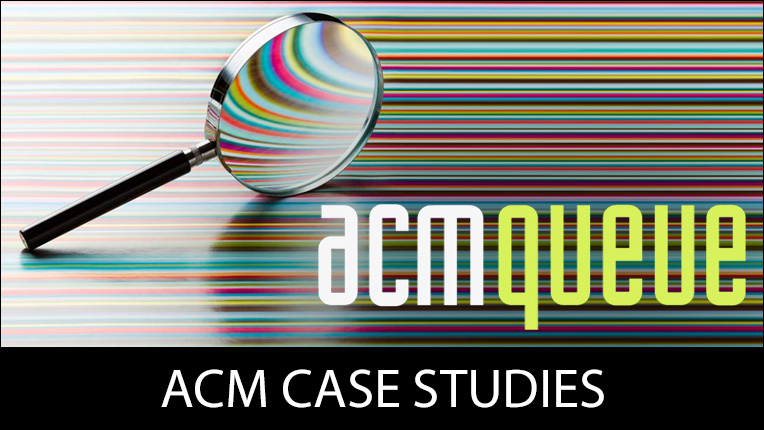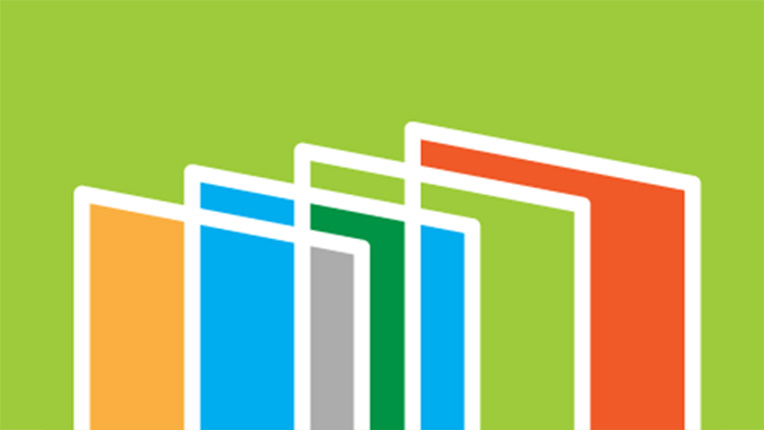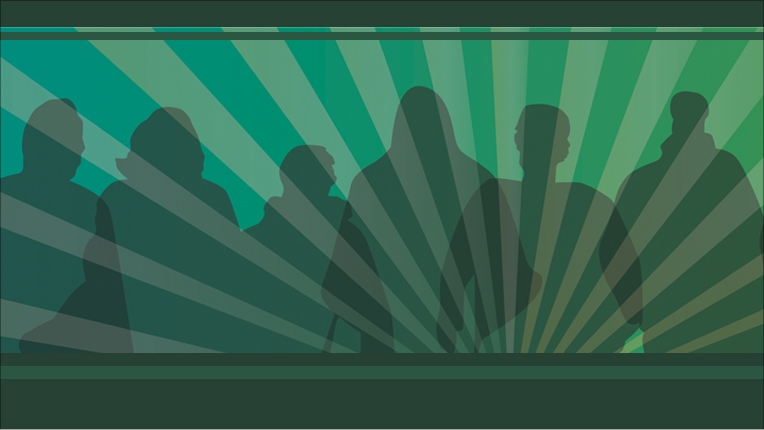Editor-in-Chief Appointments
Reviewed April 2018
ACM Editors-in-Chief are expected to be leaders in the research and/or practitioner community, with a vision for the future of their field. In addition to being outstanding researchers or practitioners, they should have a strong record of service. In addition, ACM has formally defined Evaluation Criteria for Editors in Chief which it applies when considering both appointments and re-appointments. The process used in each of these cases is as follows.
I. Appointing a New Editor-in-Chief
-
For a new journal
Generally, the proposal author/champion of the new journal is asked to become the EiC. The Publications Board will ask the candidate for a c.v. Members of the Board can make informal inquiries of colleagues regarding the candidate's qualifications for the position. At some point during the proposal evaluation cycle, the appropriate SIG(s) will be contacted, and feedback on the candidate solicited. With this information, the Board will decide whether to appoint the candidate. Staff will follow up on preparing paperwork.
-
For an existing journal
One year prior to the end of the incumbent EiC's term, HQ will notify the PB Chair. The Board will then create a small (3-5 member) ad-hoc Search Committee, with at least one member coming from the SIG community and at least one member coming from the Board (not as chair), the latter to act as liaison to the Board and provide quick answers to the committee regarding ACM policy and Pubs Board strategic directions. If the journal has a formal Advisory Board, then representation from that Board will also be sought. (Alternatively, the Board may ask the relevant SIG to convene the committee themselves, and include a representative from the Pubs Board and journal Advisory Board.) The current EiC should be consulted by the Search Committee to provide input, but should not be a member of that committee. The Search Committee shall issue a public call for nominations for the new EiC, to appear at least on the ACM home page and on the home page of the journal. The Search Committee will have four months to forward a recommended candidate, along with supporting documentation (a CV for the nominee, a vision statement from the nominee, and a brief statement from the committee describing the process they used to select the nominee) to the Board. With this information, the Board will decide whether to appoint the candidate. This schedule allows approximately six months for overlap between the outgoing and incoming EiCs. Staff will follow up on preparing paperwork.
EiC candidates for both new and existing journals should be without conflict. Candidates should not hold any position that would pose a conflict with an ACM EiC position. In particular, no candidate should concurrently hold an EiC position for another journal whose charter overlaps with this one. -
For an existing magazine
Initial EIC appointments for ACM magazines follow the same three-year commitment, with at most two terms. The only exceptions to this rule are Communications of the ACM, which falls under the jurisdiction of the ACM Executive Committee, and ACM Queue, which is a publication of the ACM Practitioner Board.
One important criterion for all magazine EICs is the ability and willingness to work closely with ACM staff on both editorial and production matters, adhering to schedules prescribed by staff. For online-only magazines, the EICs willingness and ability to regularly deliver high-quality content on a regular weekly schedule should also be a key criterion for appointment.
-
Reappointing a Magazine's Editor-in-Chief
One year prior to the end of the incumbent's term, the ACM Publications Board's Assessment and Search Committee will contact the incumbent EIC(s) to learn if the incumbent will seek a 2nd term. If so, the A&S Committee will request from the incumbent a summary of the status of the magazine, any significant events/milestones achieved, and the incumbent's future plans for the magazine. The incumbent will be asked to provide this within a month. This document will be circulated to stakeholders, including an associated SIG community for comment. The Board will review this document, any feedback provided from the SIG community, as well as information provided by HQ on the performance of the incumbent, and decide on reappointment. Armed with these statements, the A&S Committee will present their recommendation on the reappointment of the incumbent to the Board for vote.
Staff will follow up on preparing paperwork.
-
Search for New Magazine Editor-in-Chief
In the event the incumbent EIC(s) does not seek a 2nd term or the Publications Board chooses not to renew the incumbent, the A&S Committee will begin a search for a new editor, designating a chair for approval, who will then establish a Search Committee, which would be composed of people from the magazine's existing editorial board, the Publications Board (or surrogates of the board) with expertise in the area covered by the magazine, from the relevant SIG(s), and a staff member. The search process will be identical to that followed for other ACM publications. In addition, a staff member from ACM HQ will communicate directly with the EIC candidate and provide a formal recommendation to the Publications Board.
-
For a new magazine
Generally, the proposal author/champion of a new magazine title is asked to become the EiC. The Publications Board will ask the candidate for a CV and vision statement. Members of the Board can make informal inquiries of colleagues regarding the candidate's qualifications for the position. At some point during the proposal evaluation cycle, any appropriate SIG(s) will be contacted, and feedback on the candidate solicited. In addition, a staff member from ACM HQ will communicate directly with the EIC candidate and provide a formal recommendation to the Publications Board. With this information, the Board will decide whether to appoint the candidate. Staff will follow up on preparing paperwork.
ACM Case Studies
Written by leading domain experts for software engineers, ACM Case Studies provide an in-depth look at how software teams overcome specific challenges by implementing new technologies, adopting new practices, or a combination of both. Often through first-hand accounts, these pieces explore what the challenges were, the tools and techniques that were used to combat them, and the solution that was achieved.

Lifelong Learning
ACM offers lifelong learning resources including online books and courses from Skillsoft, TechTalks on the hottest topics in computing and IT, and more.

